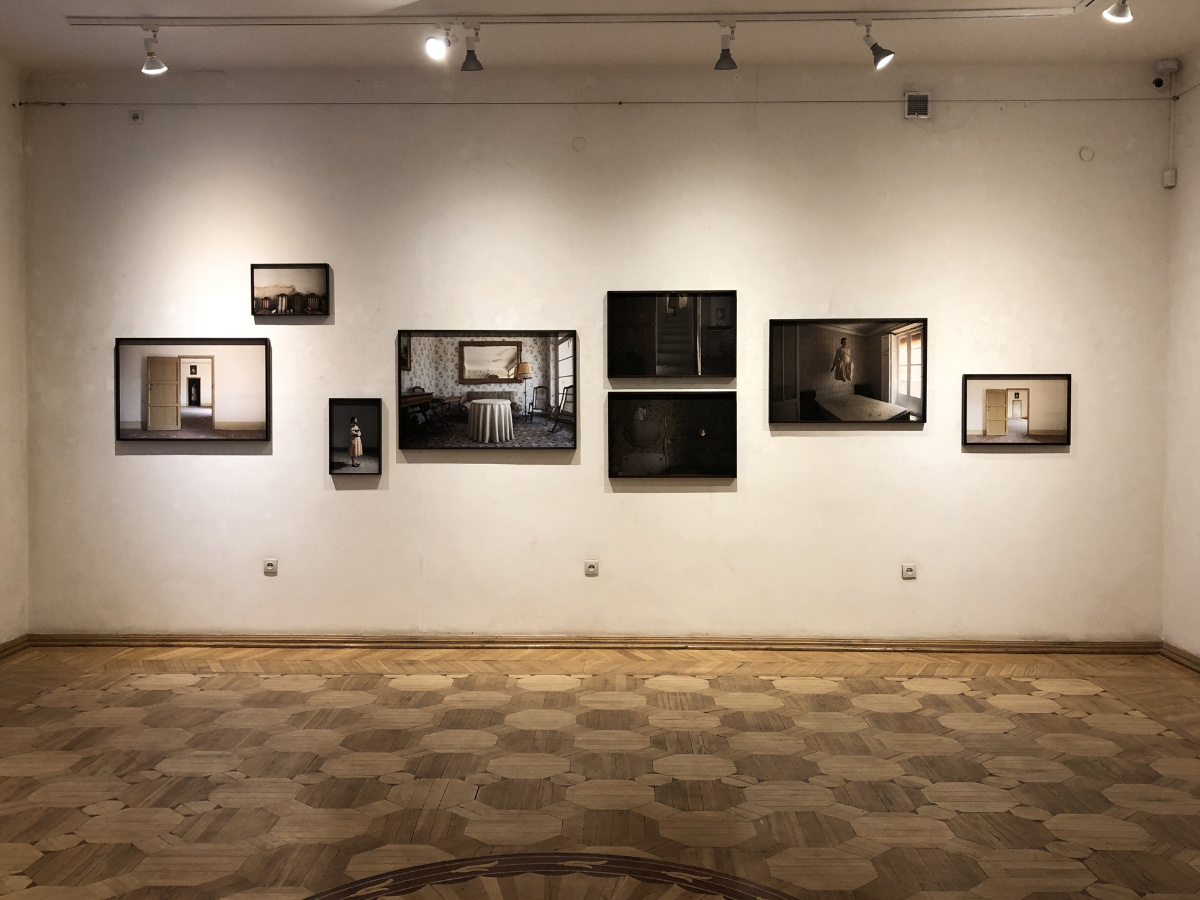On Disappearance
Essi Maaria Orpana, Tiina Palola, Patricia Rodas
Kulttuuritalo Laikku, Tampere, 2021 July
Latvian Museum of Photography, Riga, 2019 August
On Disappearance consists of momentary disappearances, sights, hunches of simultaneous presence and absence, encounters – times and spaces awoken by silence, which frontiers are beyond our senses. From these hunches we form equations, some for dreams and wishes, others for shelter and hide. In ourselves we create time and space, a possibility to encounter, encounter to hold on to, to meet what has been and what is. Disappearance can be a mutual play, an adventure, sometimes it is the only option, lifeblood. The hiding place protects from the hits coming towards, from forgetfulness and loneliness, until we have strength to return to this time and space.
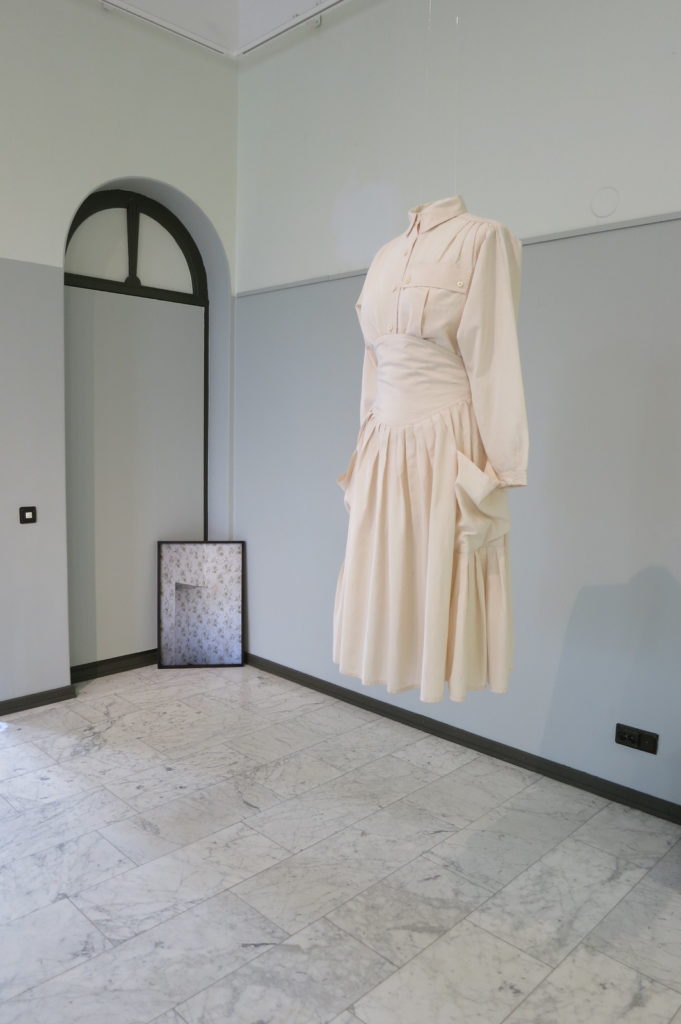
Essi Maaria Orpana’s Such is the Silence examines existence, identity and our corporeal connection to time and space. The wandering artworks explore the empty house, pondering questions of existence and memories. “Whose past is present when spending time in these houses? What happened in the rooms a hundred years ago? I aim to capture the contradictory symbiosis of time and space in my pieces and explore the history of the places in relation to my own presence.”
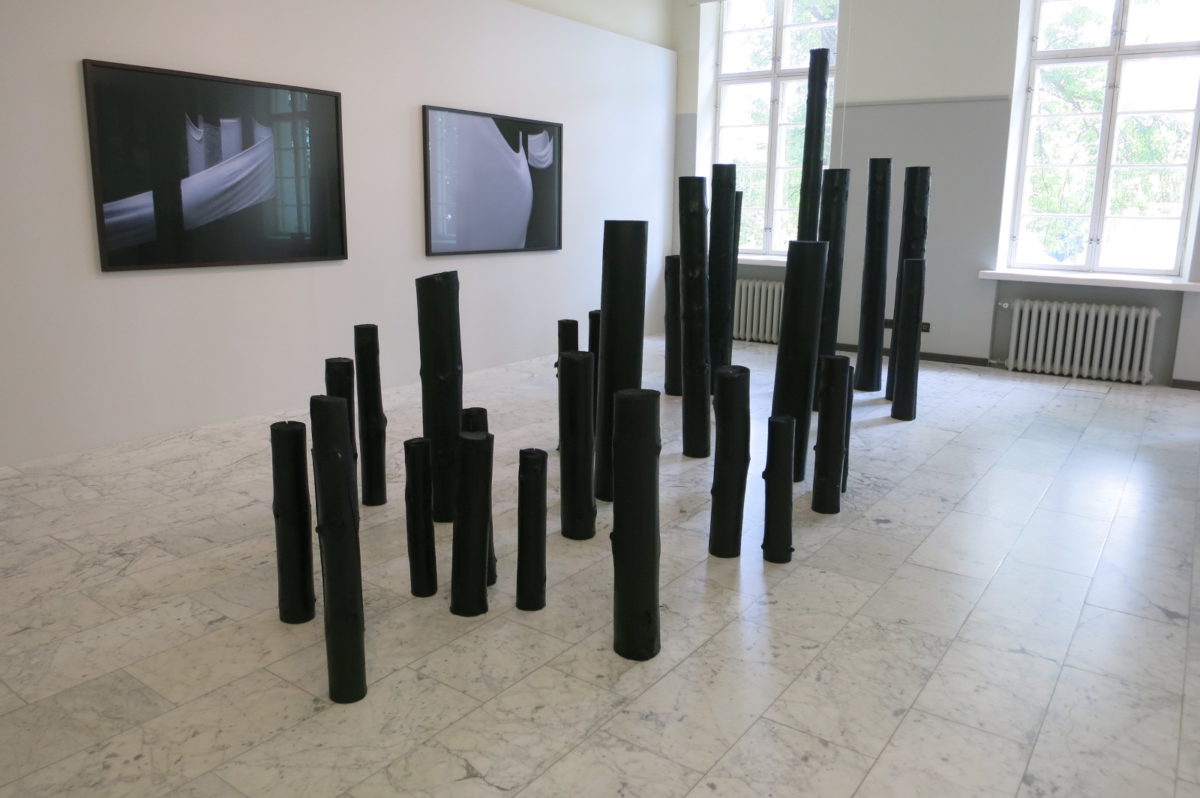
Tyyni (Still) by Tiina Palola represents her personal relationship with a forest. “The forest has always been my safe place. Trees have silent strength, which has a major impact on me. The forest attracts me, calms my mind and guides my thoughts. The photographs represent the tightly woven of thoughts and emotions which – when opened – makes you free.”
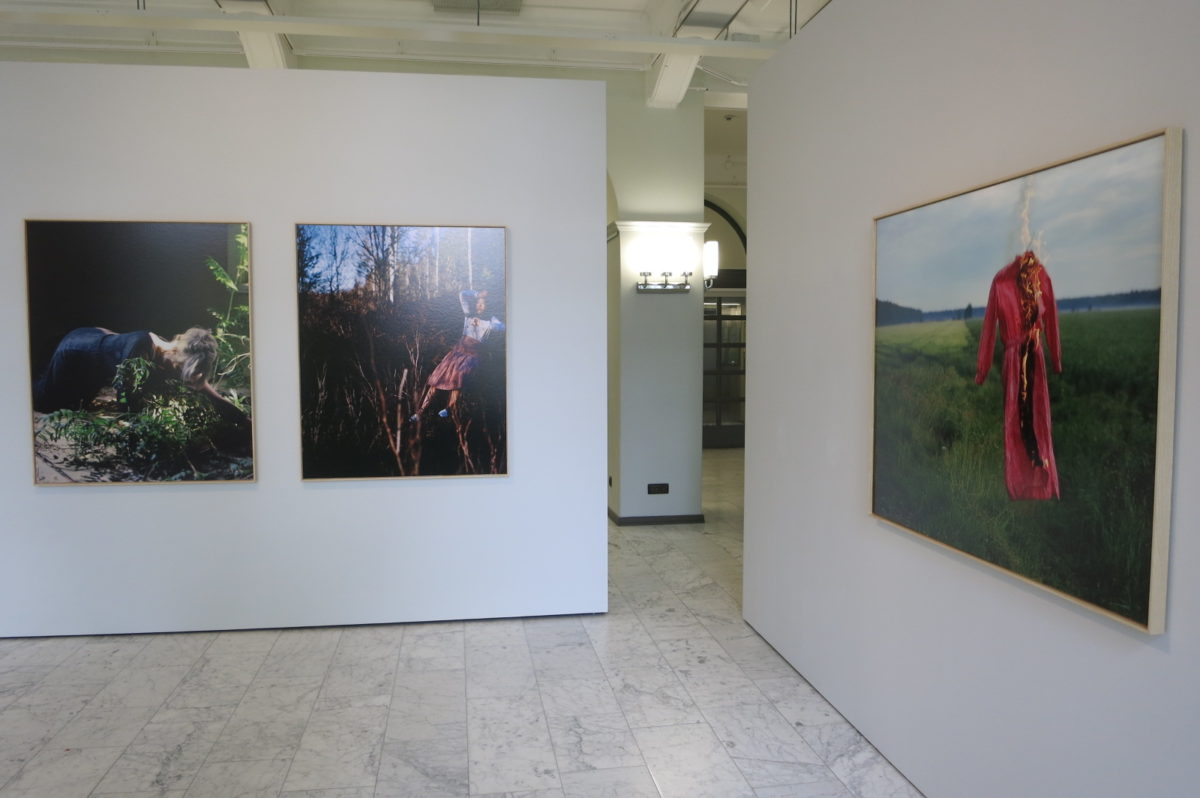
Patricia Rodas’s Unseen Circumstances consists of six long term series, all relating to domestic violence and violence against women. Rodas has influenced the exposure process through hands-on behavior, like hitting the body of the camera or kicking the tripod, to reconstruct a state of mind during a violent relationship, she has staged the private stages of domestic violence in an open landscape and manifested the unreported acts of violence with burning dresses. With the most recent series she focuses on the complex lifelong healing process after violence.
On Disappearance
Mia Damberg, Essi Orpana, Tiina Palola, Patricia Rodas
Latvian Museum of Photography, Riga, 2019 August
On Disappearance deals with issues relating to violation and violence, humiliation and shame, self-doubt, identity and the loss of it – disappearance of oneself from the others as well as from oneself. We inherit and adapt patterns, voice tones, small gestures -to make another insecure with themselves -and we learn to depress ourselves quickly. We interpret and recreate memories and situations. Who we are and how do we feel about ourselves, becomes effected and defined by someone else than ourselves – our past, our parents, our partner – anyone who becomes close and important to us. Sometimes we disappear, other times we intentionally hide, seek for shelter until we feel secure to self-redefine the limits and take back our own space.
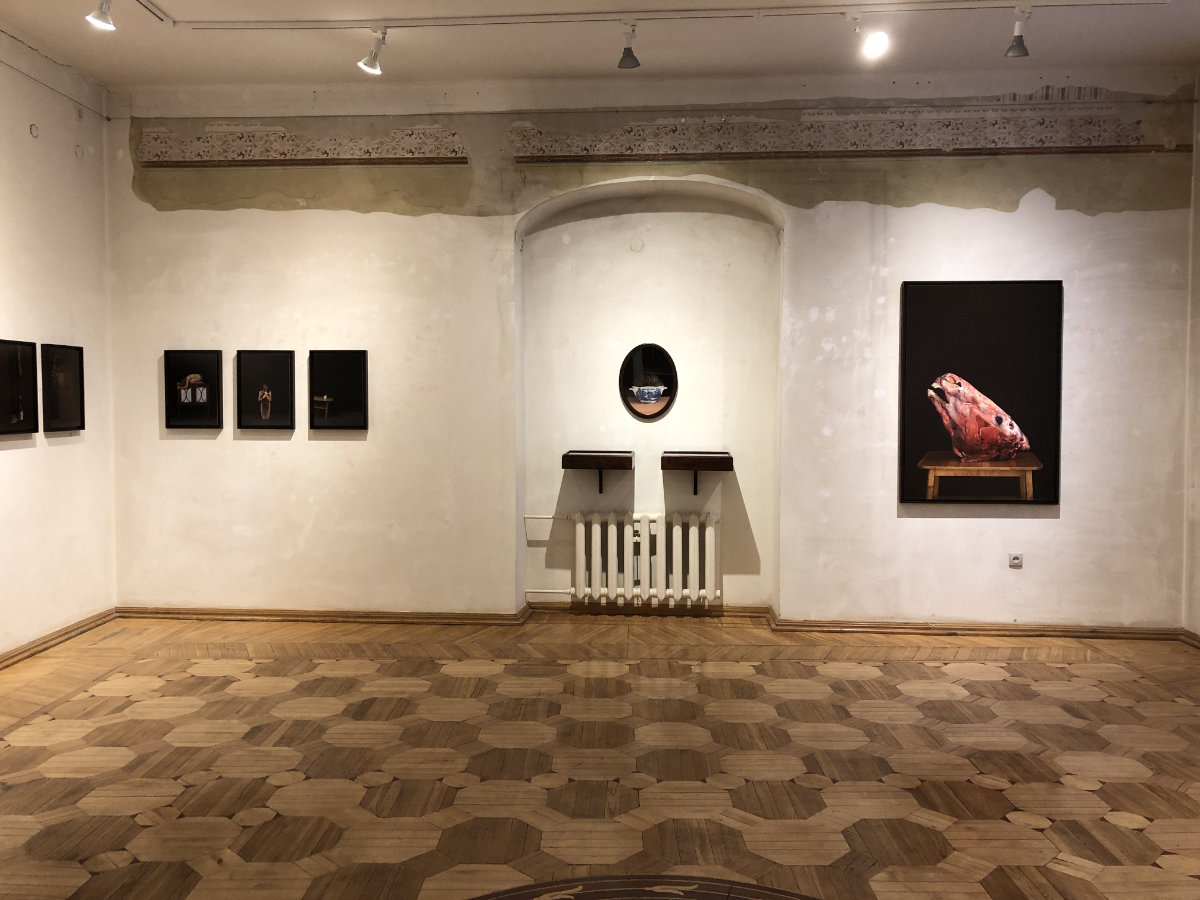
Mia Damberg’s recent series Blade of Longing deals with painful personal memories shaping her adult life. Memories feeling like a wound that won’t stop itching -yet memories we hold on to almost obsessively. Dambergs works display a range of emotions fear, alienation and particularly feelings of shame.
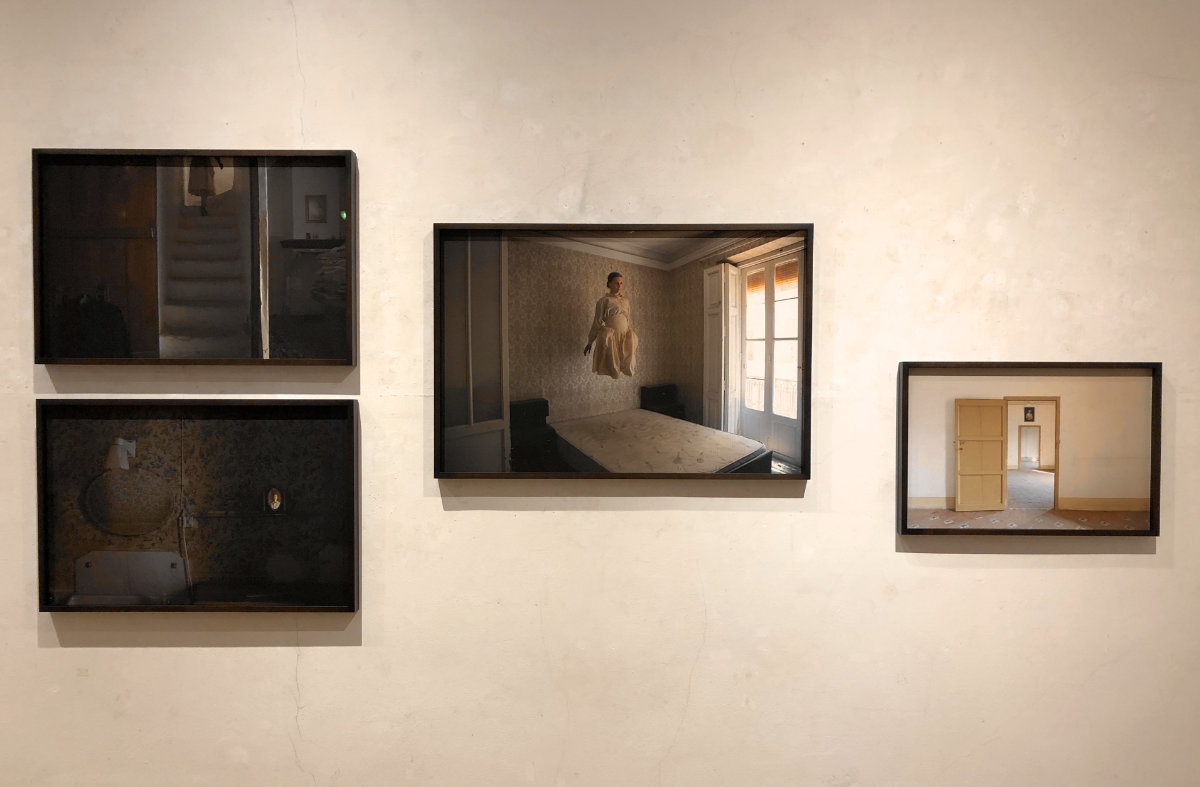
Essi Orpana’s Such is Silence has a performative character, often with herself performing an act in an empty abandoned location. She creates contradictions between herself and the place with no shared memory, nor memories. This is when the subconscious starts to form narratives from imaginary past events and the character present in the image. Through her presence, these rooms become alive again.
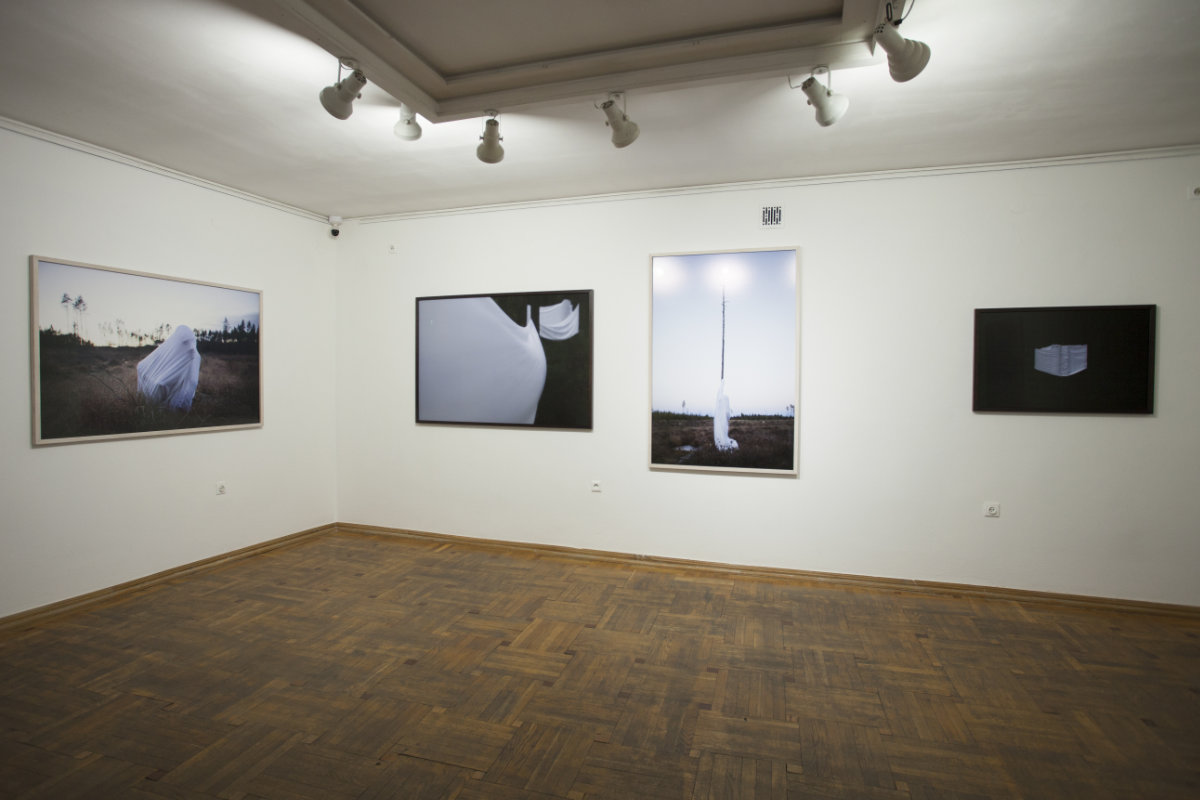
Tiina Palola works with her personal history and emotional connections between nature and memory. She works on building sceneries from emotional and bodily memory. In her series Shelter she creates an illusion between her inner thoughts and the reality, she is longing to change. Attraction to illusions, the will to hold them up, the will to believe in them, the will and need to feel secure makes it hard to tell the self-created illusion from reality.
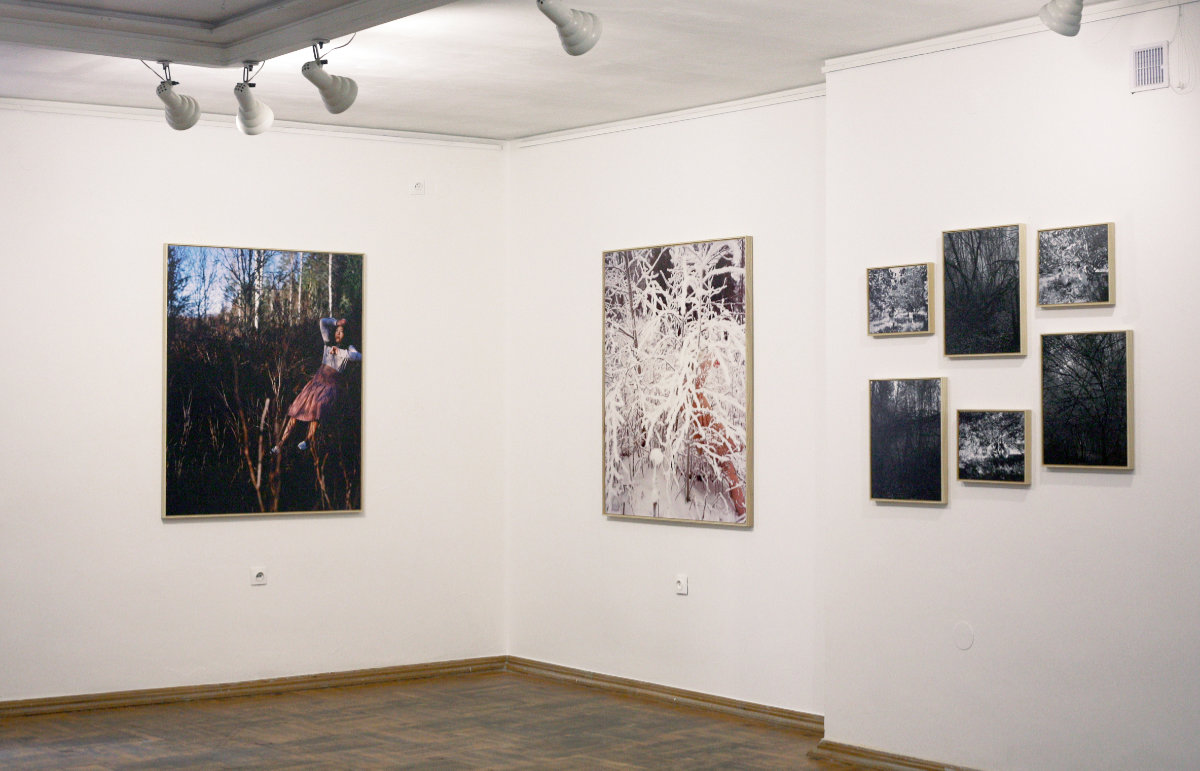
Patricia Rodas has completed three series on violence against women. In The Most Intimate Hideaways, Rodas influences the exposure through hand-on behaviour, like hitting the body of the camera or kicking the tripod to reconstruct the emotional stages during a violent relationship. Fallen Grace picture women falling down in an open landscape to contrast the violence taking place at private, where as Unreported resembles the violence never told. By presenting these series together Rodas wishes to address that everybody knows a victim- nobody knows the roles behind the scenes.
